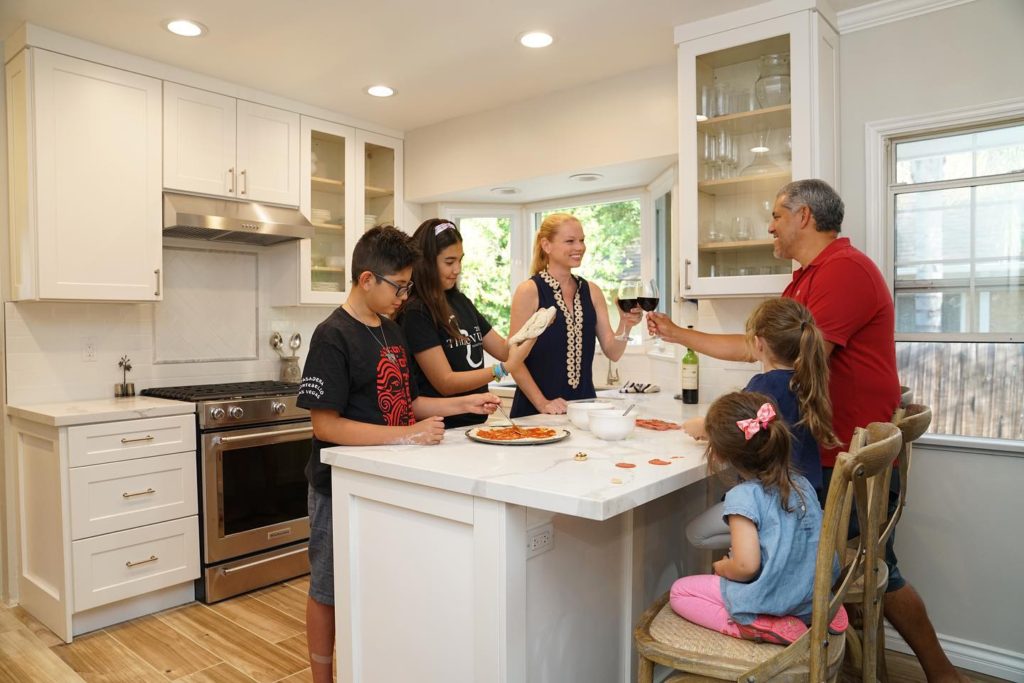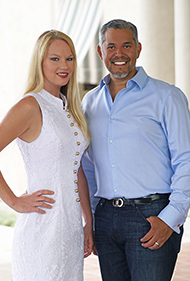
Our lives were completely reshaped in early 2020 when the entire world had to stop regular routines. Many people were stuck working from home at a dining table, exercising in the living room, and for those lucky enough to have a yard, they may not have been functional. The lockdowns suddenly had contractors booked with jobs to add on home offices and renovate backyards. The need for larger homes, along with low interest rates, skyrocketed the housing market. People that were qualified were buying second homes to replace their canceled vacations.
Most of the world has returned to normal, Covid has been shifted from pandemic to endemic, and although future lockdowns are unlikely, memories of months stuck at home have forever changed what we want from a home. The latest trends surveys shows that homes are getting larger, both with new construction and pre-existing homes.
Suburbanization and permanent relocation to remote locations with better affordability for larger homes are not new, but the endemic has increased their desirability. For example, the Inland Empire of Southern California saw a huge influx of people moving away from the urban locations of LA County, especially in late 2020 and 2021.

How we live
A lot of pandemic-era adaptations are becoming common fixtures in new homes. The model homes that builders are showing off today are meant for working, living and learning, not just coming home and crashing at the end of the day.
A big pre-pandemic trend is open plans with big kitchen islands, and that trend is here to stay. People really like open floor plans because they’re conducive to entertaining and highly functional for families with kids.
New construction properties are including more outdoor space, and pre-existing homes are being remodeled to add on home offices, bigger kitchens, and maximizing the potential of their yard space for outdoor dining so people can spend more time in open air.
Additions and remodeled spaces are increasing in size, potentially to address these new needs, and the greatest demand for these enhancements is at the luxury level. In many cases the homeowners likely held back more funds from missing out on going to events, travel, and summer camps for their children because of Covid, so they had more money to invest in their homes.
Where we live
The workforce in the US are reconsidering their accustomed high rents and small dwellings. People living in cities have sought out areas with cleaner air, smaller inhabitants, and mountain or coastal resorts where disease, expense of living, and carbon footprint are less of an issue. Studies indicate that working remotely and having flexible hours increases productivity.

Because of our cultures’ greater emphasis on cleanliness and sanitation, the number of mudrooms, porches, and other entrance vestibules may expand. This space may include built-in storage for shoes and outerwear, as well as an easy-to-clean floor. This space might be separated from the rest of the apartment by one or more steps or a rug. It is now used in South Korea and other Asian countries.
It is critical that people have access to the outside during lockdowns. Building restrictions may be relaxed in the near future to allow for the creation of community gardens and terraces, as well as separate outdoor areas for each house, in terms of multi living units. A single family home might have outside living space to be used all year by adding balconies, covered porches, patios and open areas for ventilation.

